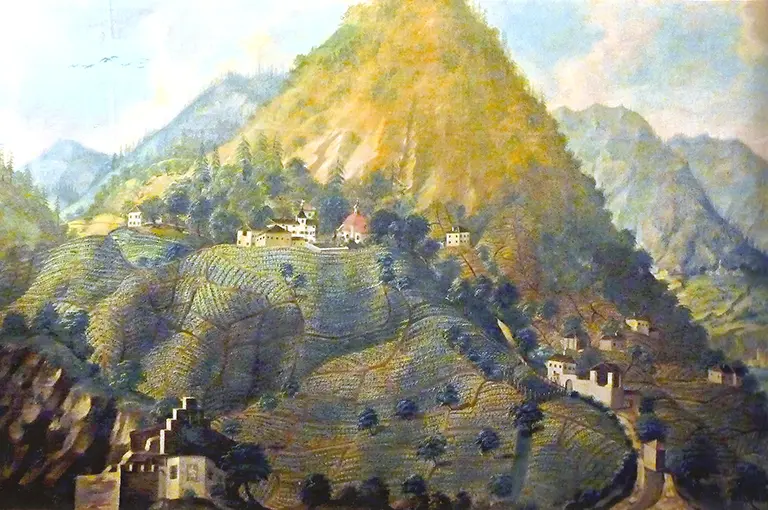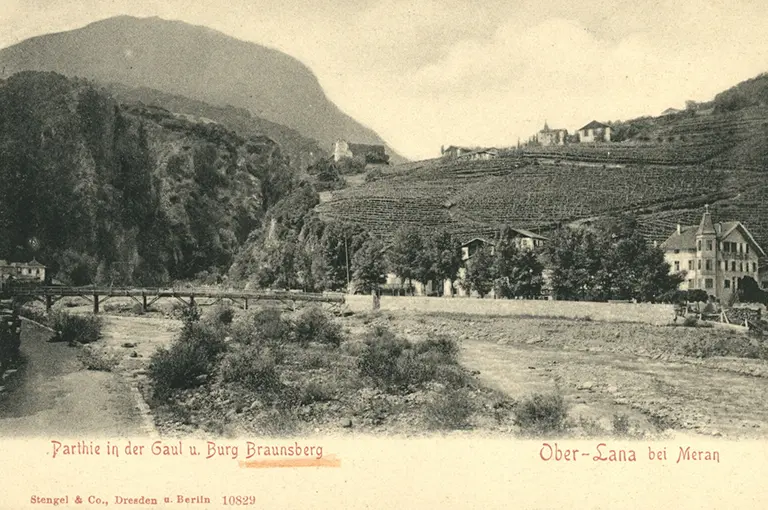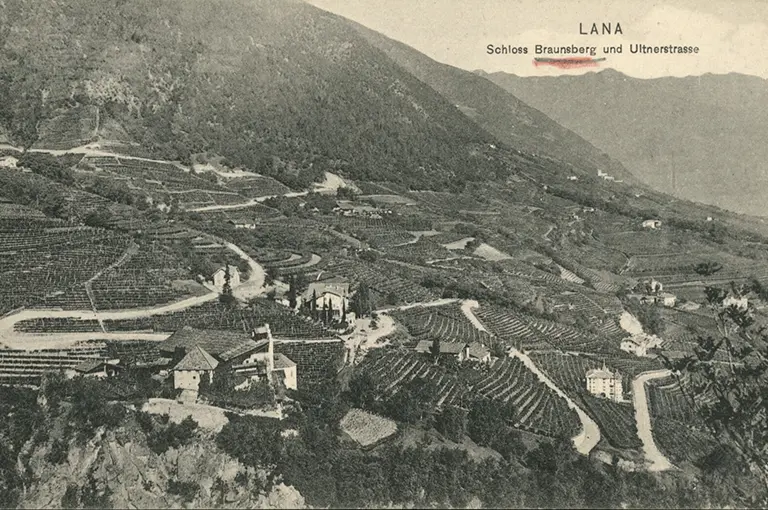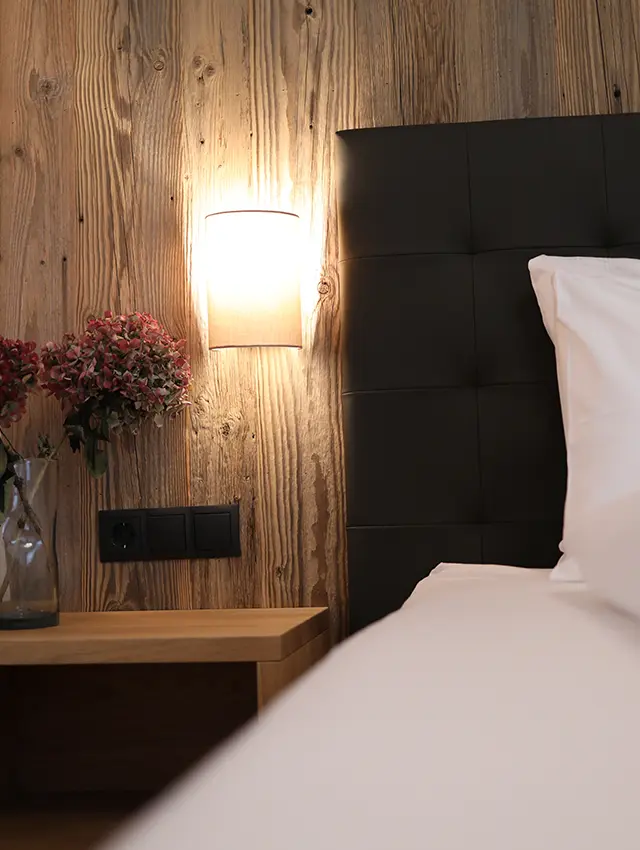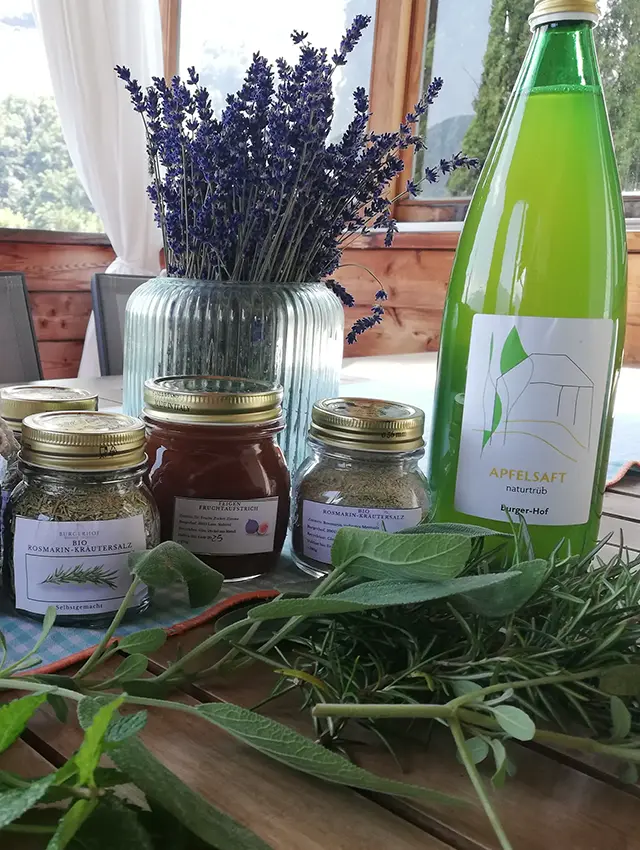Holidays on the historic farm
Farm holidays in Lana near Merano
The farm appears as early as the second half of the 13th century as ‘curia Burc’ or ‘curia de castro’ (castle courtyard) in directories of Weingarten Abbey. It can therefore be regarded as a supply yard for the Braunsbergs and their neighbouring castle. The Braunsbergers, followers of the Guelphs, donated it at the end of the 11th century to the Guelph house monastery of Weingarten. The brothers Berthold and Sweiker von Burch (castle) are named as administrators of the monastery in 1269-76. The later fiefdom owners were each named after the farm until around 1440.

